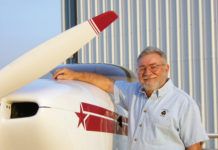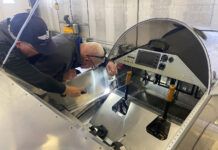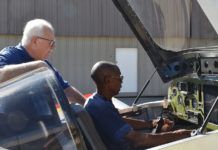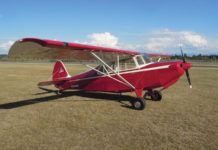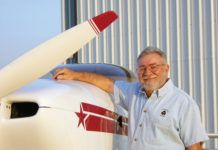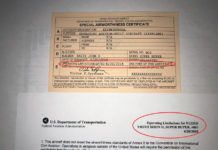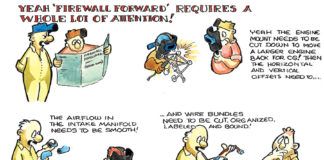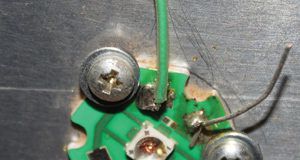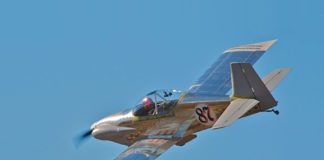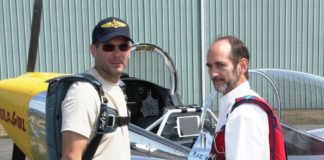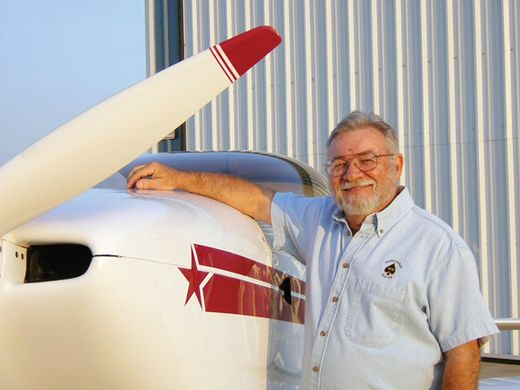
Question: I’m thinking of buying a completed Canadian experimental aircraft and importing it into the United States. The aircraft was primarily built by the owner, but he did have a fair amount of help from his friends. Will this be a problem when I apply for a U.S. airworthiness certificate? I’m worried about how I show the FAA that the plane was built in compliance with the 51% rule.
Answer: You are correct that the FAA does not automatically accept Canadian amateur-built certification in the U.S. To apply for a U.S. airworthiness certificate, you’ll need to prove that the aircraft was indeed 51% amateur-built, the same as if it were newly built in the United States. A certified statement from the original builder, logbooks that document the build, and an FAA Form 8130-12 will satisfy this requirement.
It’s not a problem having many people help with an amateur-built aircraft project. As long as they are not paid, it is still built by amateurs.
Question: Can you settle a small wager? I have a friend who took a few A&P classes at our local community college many years ago. He claims the instructor mentioned an FAR that says except for a few minor tasks that pilots are allowed to do, you have to be an A&P to perform any maintenance on an aircraft.
What regulation is he talking about? Is he just pulling my leg? I told him, “No way! Doing your own maintenance is one of the main reasons for owning an experimental.”
He’s not convinced, so I said I’d send a letter to “Ask the DAR” to get the straight scoop. Whoever loses our bet has to buy lunch for the other guy for a month’s worth of Saturdays at our local airport caf.
Answer: The FARs don’t tell you what you can do. That would be endless. They tell you what you cannot do.
Your friend is most likely referring to Part 43, which does say that no one less than an A&P may perform maintenance on an aircraft. However, there’s an important exception listed in 43.1(b). It says that this part does not apply to aircraft that have been issued an experimental certificate.
The only time Part 43 applies to experimentals is in reference to the operating limitations, which state that you must conduct the condition inspection in accordance with the scope and detail of Part 43, Appendix D. Of course, to perform the condition inspection you must possess either an A&P certificate or the repairman certificate for that aircraft.
Question: The FAA is coming soon to sign off (I hope!) my completed Kitfox S7 Super Sport. The inspector told me he wants to see Form 8000-3, the “Fabrication and Assembly Operational Checklist.” He says it is necessary to determine if my kit meets the 51% rule. Why does he need this form if my kit is on the approved list from the FAA?
Answer: The list is not needed if the kit is on the approved kit list, no modifications have been made, and/or there has been no paid assistance. Some FAA offices are very picky about this, and some are not.
Please send your questions for DAR Asberry to [email protected] with “Ask the DAR” in the subject line.
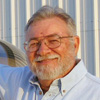
![]()
Mel Asberry is an experienced Designated Airworthiness Representative specializing in Experimental/Amateur-Built aircraft. He and his wife, Ann, have built seven amateur-built airplanes including two ultralight types, a Moni Motorglider, a Dragonfly Mk2, two RV-6s and a Zenair CH 601HDS. They are currently building a scratch-built biplane.

